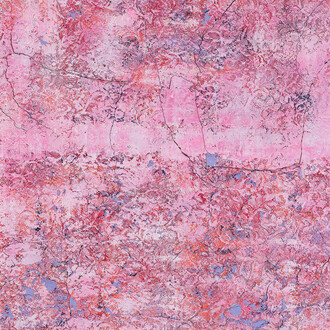Mizuma Gallery is pleased to present Art bit Matrix - Tokusatsu to videogame, an exhibition featuring 12 Japanese artists that explores the dynamic intersections of contemporary art, indie games, and tokusatsu (Japanese cinematic special-effects culture). Curated by Daichi Nakagawa, Takakurakazuki and Yasutaka Toyokawa, the exhibition features artworks by contact Gonzo, Daisuke Nishijima, Hayaki Nishigaki, Kenji Yanobe+Ban8ku+Yanoken Project, Romana Machin Tanimura, Sawako Kageyama, Shun Okada, Takakurakazuki, Takumi Hirayama, Tomoya Kuki, Yoshihiro Takeuchi, and Yume Aoyama.
Art bit Matrix - Tokusatsu to videogame is a hybrid of Hotel Anteroom Kyoto’s annual summer contemporary art and indie game exhibition art bit – Contemporary Art & Indie Game Culture and the group exhibition Character Matrix curated by contemporary artist Takakurakazuki. art bit focuses on the mirror-like interplay between game-like qualities in contemporary art and the artistic potential in indie games and explores the roots of their mutual appeal and creativity to pursue new possibilities for both art and games. Meanwhile, Character Matrix delves into the world of character design as vessels for expression, exploring the realm of Japanese tokusatsu (Japanese cinematic special-effects culture) and games that have been overlooked by the Japanese contemporary art scene.
12 artists from both exhibitions have come together for Art bit Matrix - Tokusatsu to videogame to capture the fusion between western modern art history; where the principles and contexts of ‘beauty’ has been revaluated, and the accumulation of sacred, secular, playful Asian traditions, and pop culture on Japanese art. From vibrant and playful paintings, and animation to playable analogue and digital games, the exhibition would create a diverse art mandala/matrix where different mediums coexist. Tokusatsu reimagines reality as a fantastical world, while games ‘install’ the fantastical virtual world into reality. Art bit Matrix - Tokusatsu to videogame explores a new art movement at the intersection of tokusatsu and video games, which traverse between reality and the virtual. It revisits the Superflat movement, pioneered by Takashi Murakami, by expanding its cultural roots beyond otaku (Japanese pop culture fandom) and internet culture into global art history.
Art bit Matrix - Tokusatsu to videogame also explores artistic possibilities from tokusatsu, a genre shaped by the threat of nuclear war, to video games that have become a common language of modern entertainment. What insights can be gleaned from 80 years of Japanese cultural history in the aftermath of World War II? And what would we create as war spread in the current times?
















